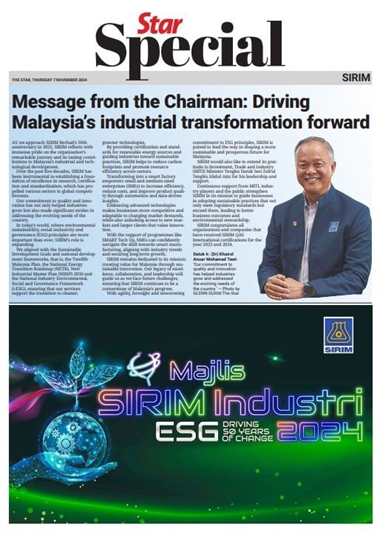
Joby plans to launch its first commercial operations with this vehicle from as soon as 2025. — Joby Aviation
Flying taxis – electrically-powered vehicles with vertical take-off and landing – are just beginning to emerge, and are already turning their attention to hydrogen. An initial test flight by the American start-up Joby Aviation has proved conclusive. Now, progress must be made on producing green hydrogen to truly decarbonise the sector.
Joby Aviation, which has been developing a fully electric vertical take-off and landing (eVTOL) flying taxi for several years, has announced that it has now successfully flown a hydrogen-powered demonstrator over a distance of 840km. The company states that, on this occasion, only water was emitted into the air.
This full-scale test, which took place over Marina, California, demonstrates the potential of hydrogen in this new type of regional flight, which does not require a landing strip. On this occasion, the demonstrator was equipped with a tank capable of storing up to 40kg of liquid hydrogen. Its fuel cell system generates enough electricity to power the aircraft's six small electric motors. Complementary electric batteries provide additional power during the take-off and landing phases.
This test flight can be considered ground-breaking, as it involves a first-of-its-kind hydrogen-electric air taxi equipped with a liquid hydrogen tank and a fuel cell system. The same vehicle, in its conventional battery-electric version, has already covered more than 40,000km in its test phase. Joby plans to launch its first commercial operations with this vehicle from as soon as 2025.
In the longer term, hydrogen can make a real contribution to decarbonising the aviation sector. Joby plans to operate "clean" regional flights. "Imagine being able to fly from San Francisco to San Diego, Boston to Baltimore, or Nashville to New Orleans without the need to go to an airport and with no emissions except water. That world is closer than ever," says Joby Aviation founder and CEO, JoeBen Bevirt, in a news release. Still, the hydrogen used should ideally be green, and in the United States it is mainly produced from natural gas.
The biggest players in the aviation industry could well opt for this option in the future. Airbus, for example, is continuing its research in this area, with the aim of integrating hydrogen propulsion into future aircraft models by 2035. However, the hope of one day being able to use hydrogen-powered aircraft over long distances runs up against a number of technical problems. These include the space and weight required to carry this type of fuel. Work on cryo-compressed hydrogen could go some way to solving this complex issue.
Among the most ambitious projects is that of Switzerland's Destinus and its hydrogen-powered aircraft capable of flying at over 6,000km/h. The idea is that, by 2035, such aircraft could be capable of flying from Frankfurt to Sydney in just four hours, without generating any CO2 emissions. – AFP Relaxnews









































